How to Plan Your Perfect Trip to Morocco
If you’re How to Plan your Trip to Morocco, you’re likely picturing vibrant medinas, colorful walls, aromatic spices, and intricate tilework. You may have already saved iconic Instagram locations like Chefchaouen or Marrakech’s souks and charted your ideal path through the country.
However, visiting Morocco requires more than wanderlust and a list of places to see.
Unlike some destinations, Morocco demands preparation. It’s a country that thrives on intensity sensory, cultural, and interpersonal. If you’re not ready, it can quickly become overwhelming.
Common challenges include:
Persistent sales tactics in markets and public areas
Misleading directions or signage aimed at directing tourists toward specific businesses
Unwanted attention, especially for women traveling solo
While this may sound daunting, don’t be discouraged. With thoughtful planning and the right mindset, you can navigate Morocco confidently and comfortably. In fact, the more prepared you are, the more rewarding your experience will be.
This guide is designed to help you plan efficiently, avoid unnecessary stress, and fully enjoy everything Morocco has to offer from camel rides in the Sahara to sipping mint tea in ancient riads.
Thinking about visiting Morocco for the first time?
For most people around the world (myself included), How to Plan your Trip to Morocco isn’t as simple as a quick weekend getaway unless you’re coming from nearby Spain or somewhere else in North Africa. Because of the distances involved and the wealth of experiences to discover, it’s best to plan for a stay longer than just three days. Ideally, you’ll want to explore at least two or three cities to really get a feel for what the country has to offer before your time runs out.
One thing that often surprises travelers is just how far apart Morocco’s main attractions can be. For example, traveling from Marrakech to Fes by train can take around eight hours. That might sound like a lot, but don’t let it deter you! Moving between cities is actually pretty straightforward once you get the hang of it. With a little planning, you can navigate the country easily and comfortably.
The key to a successful Moroccan trip lies in the planning stage figuring out how to organize your route and timing so you can focus on the experiences rather than stressing over logistics. This guide aims to make that process easier and to help you build an itinerary that fits your pace and interests.
Once you’re there, Morocco invites you to immerse yourself in its rich culture, from vibrant souks and stunning architecture to delicious food and warm hospitality. Whether you’re wandering through ancient medinas or enjoying the vast landscapes, every moment has something memorable to offer.
In short, Morocco isn’t just a destination; it’s an experience that’s well worth investing time and care to explore fully.
How to Plan your Trip to Morocco in 11 Easy Steps
If you hold citizenship from the United States, Canada, Australia, the United Kingdom, or most European Union countries, you’re in luck Morocco allows you to enter without a visa for visits shorter than 90 days.
Before you pack your bags, though, take a moment to check your passport’s expiration date. Many travelers overlook this, but some countries require that your passport remain valid for at least six months beyond your date of leaving Morocco. It’s a simple step that can save you from unexpected travel headaches.
Another important detail: your passport must have at least one completely blank page available for entry and exit stamps. This is a common requirement that’s easy to forget but absolutely necessary for smooth processing at the border.
Currently, there are no mandatory vaccinations needed to visit Morocco, making it easier to prepare for your trip to Morocco.
Step 1: Verify your visa needs.
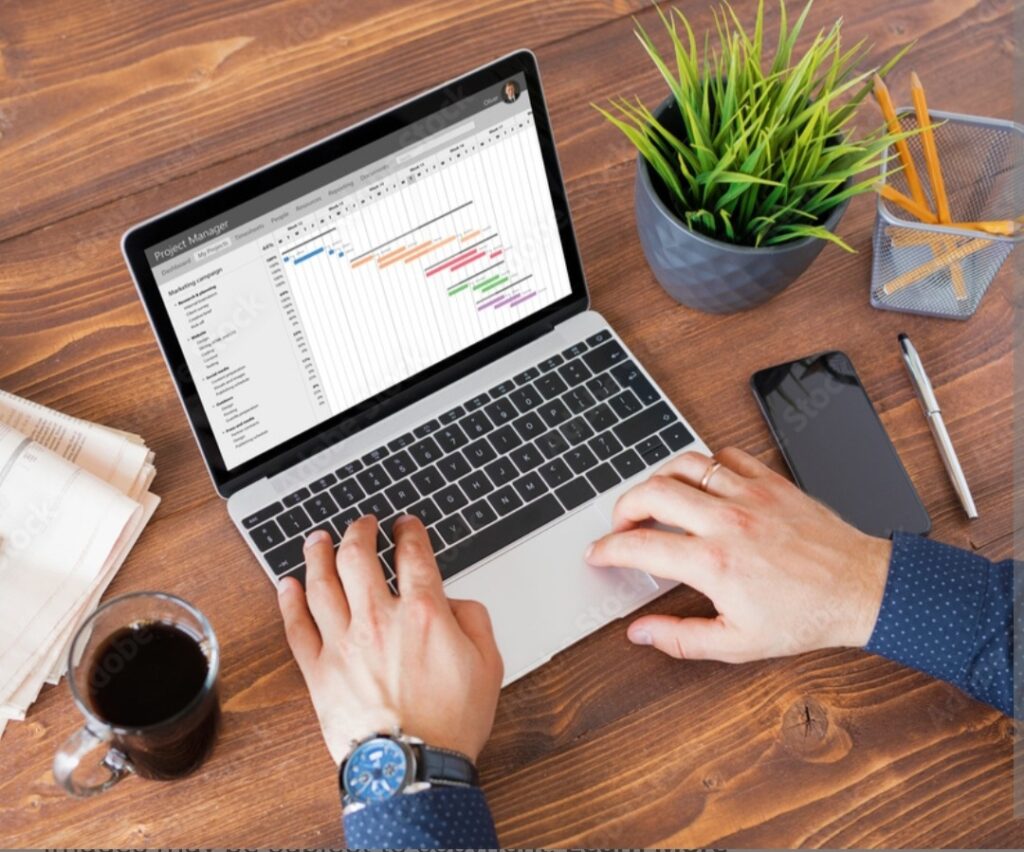

How to Plan your Trip to Morocco
Morocco maintains a very lenient visa policy. At present, citizens of several countries can enter Morocco without a visa for stays shorter than 90 days. However, it’s always a good idea to double-check with your country’s Moroccan embassy or consulate before traveling, as visa requirements can change over time.
Step 2: Book your flights early.
When budgeting for a How to Plan your Trip to Morocco, your overall cost will largely depend on your starting point as well as your travel plans within the country.
Morocco’s main international airports are Marrakech (RAK), Rabat (RBA), Casablanca (CMN), and Fes (FEZ). Being flexible about your arrival airport can help you find better flight deals and save money.
Personally, I recommend using Skyscanner it’s a powerful flight search engine that lets you compare prices across multiple dates and airports, making it easier to spot the best bargains.
If you’re flying from the US or Asia, expect to pay around $500 or more for a round-trip ticket, unless you catch a particularly good sale. Travelers from Europe often have it easier, as flights to Morocco can sometimes be snagged for under $100 each way during promotions.
Step 3: Map out your Plan Trip to Morocco.
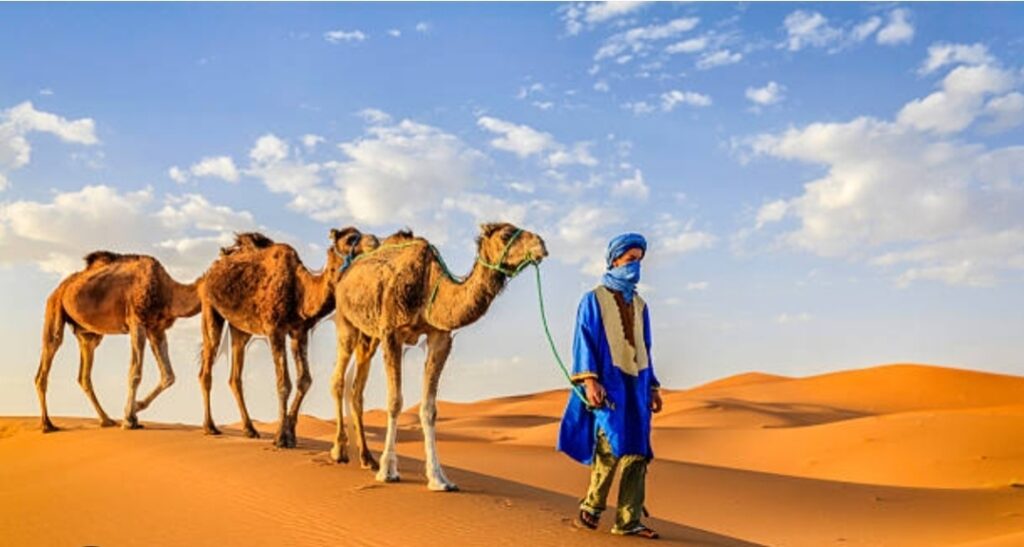

To created a Moroccan itinerary that’s easy to follow and adapt, starting with a 3-day plan in Marrakech perfect for first-time visitors or those on a short trip.
If your time in Morocco is limited, I highly recommend focusing on Marrakech. It offers a great mix of culture, history, food, and shoppingall the things most travelers are looking for. Plus, it’s often one of the cheapest cities to fly into, especially from Europe, thanks to frequent low-cost airline deals.
If you have more than three days, I suggest extending your trip with a desert tour you can read my full guide on that for details. A desert trip usually takes an extra three days, including transport to and from Marrakech.
So, if you have one week in Morocco, here’s what I recommend:
4 days in Marrakech this includes time for a day trip to nearby attractions like the Atlas Mountains or Essaouira.
3 days on a desert tour many of these tours start and end in Marrakech, making them easy to include in your itinerary.
This combo gives you a taste of both city life and Morocco’s iconic desert landscapes all in just 7 days.
Step 4: Prepare for your first day in Morocco.

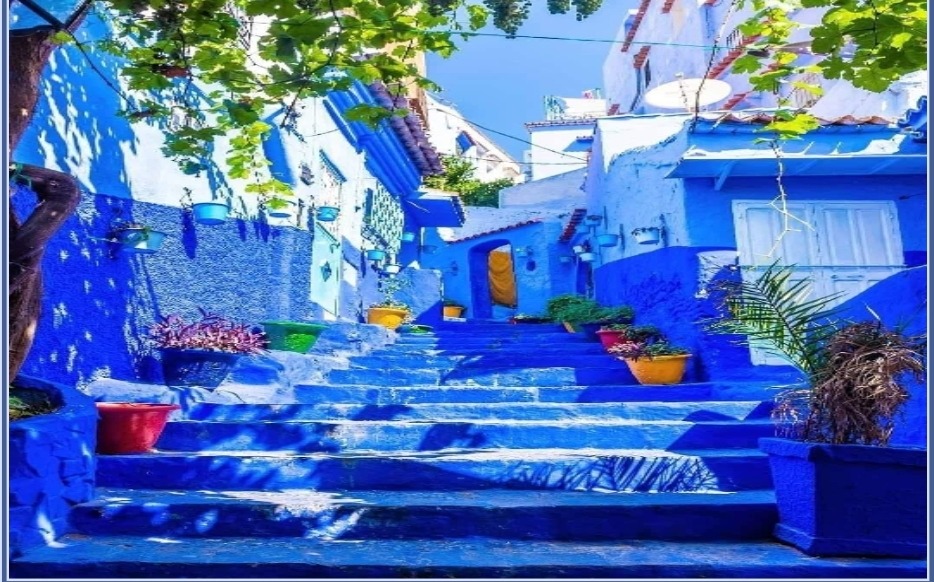
To make your arrival smoother, here are a few smart steps to take before landing:
1: Download Google Maps for your arrival city. While it may not cover every alley in Morocco’s maze-like medinas, it’s still a helpful starting point for navigating.
2: Book an airport shuttle in advance. Many hotels offer this service, or you can arrange a reliable transfer online for around $15. Avoid taking taxis directly from the airport they often overcharge tourists.
3: Sort out your phone plan. Decide if you’ll use international roaming, buy a local SIM card, or rent a WiFi device. A little planning here can save you a lot on data and calls.
Step 5: Confirm Your Travel Insurance
Travel insurance is worth it. I’ve personally used World Nomads for years, and it gives me peace of mind. Whether it’s a medical emergency, theft, trip cancellation, or lost luggage, insurance can save you from a major headache. Morocco is generally safe, but unexpected things can happen better to be prepared than sorry.
Bring some backup cash in USD or EUR. While ATMs usually offer better exchange rates than money changers, it’s smart to carry a small reserve in case of card or ATM issues. Use ATMs when you can, and save cash for emergencies.
Step 6: Decide how much you want to spend.
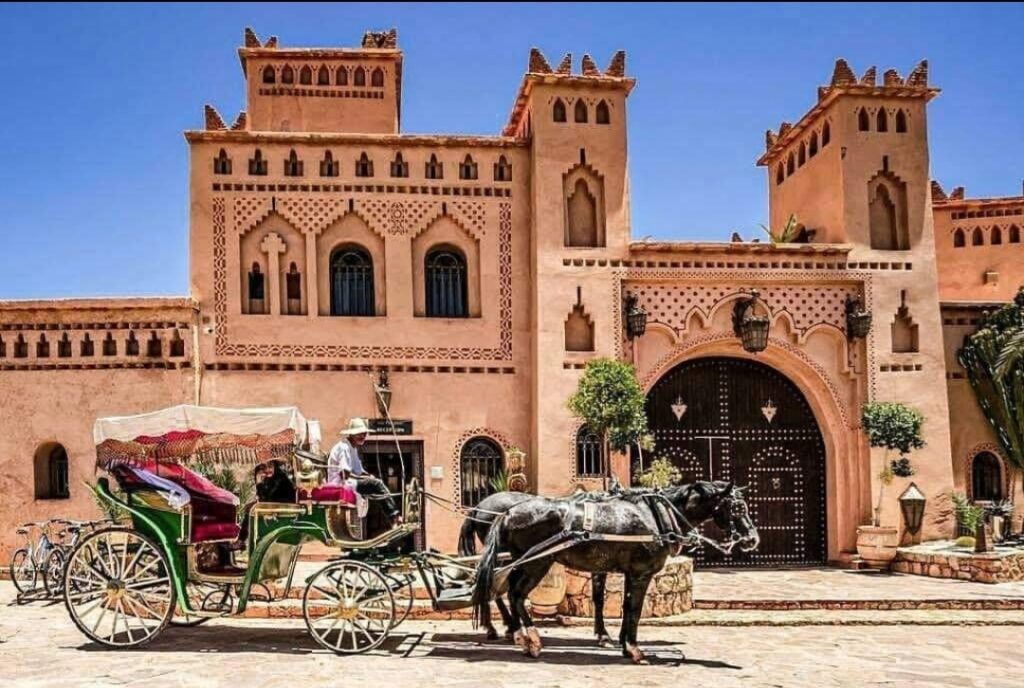

Before booking your tours and accommodation in Morocco, setting a budget is key to a smooth trip. The good news? Morocco fits nearly every budget from budget backpackers to luxury travelers.
If you’re traveling on a tight budget, you can get by on about $30 a day by staying in basic hostels, eating street food, and limiting paid activities. But keep in mind, transportation costs can add up, and you might miss the special experience of staying in a traditional Riad.
Mid-range travelers, spending around $50–$70 per night, can enjoy charming Riads with room to spare for shopping, dining, and day trips. This is a great balance between comfort and cost.
With about $100 per day per person, you enter luxury territory staying in upscale Riads or boutique hotels, enjoying spa treatments, and indulging in local cuisine.
For those wanting to splurge, ultra-luxury hotels like La Mamounia start at $500+ per night, offering world-class comfort and service.
Sample Daily Budgets:
Budget: $30 ($10 accommodation, $10 activities, $10 food/transport)
Mid-range: $80 ($50 accommodation, $15 activities, $15 extras)
Luxury: $130 ($70 accommodation, $20 activities, $40 extras)
Ultra-luxury: $700+ ($500+ accommodation, $100+ activities, $100+ extras)
A good rule of thumb is to split your daily budget roughly into thirds: accommodation, activities, and meals/transport/shopping. This helps keep your spending balanced.
No matter your budget, Morocco offers unforgettable experiences from bustling markets to serene desert nights and beautiful Riads. Decide your budget, plan ahead, and get ready for an amazing journey!
Step 7: Choose exciting things to do.
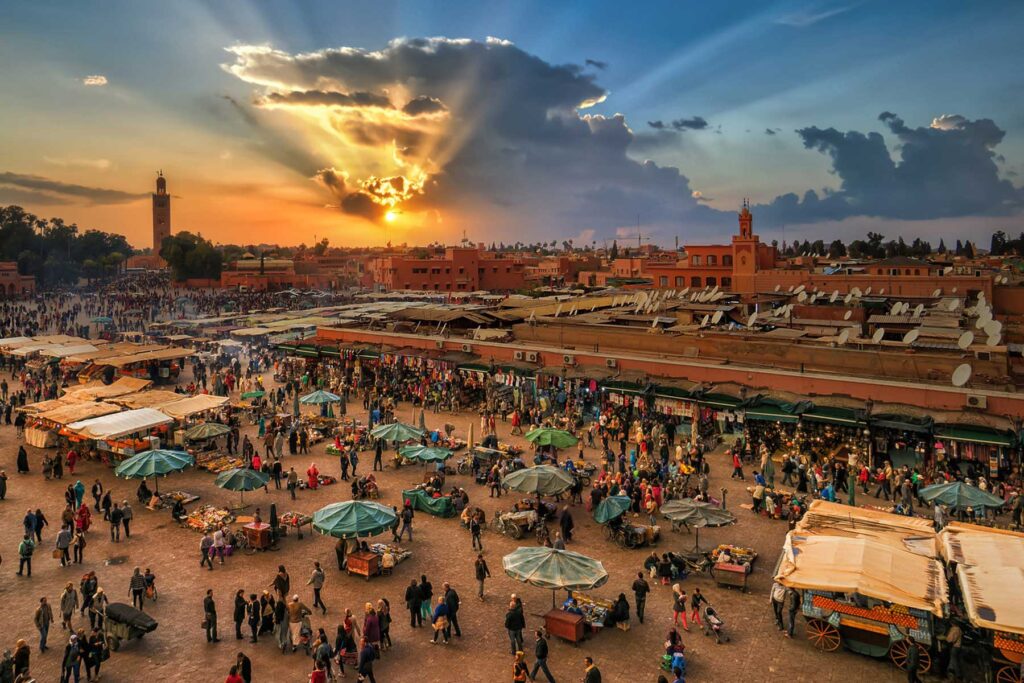

Some travelers say it’s better to wait until you arrive in Morocco to book activities because you can negotiate better prices in person. I tried that and honestly, I ended up regretting it.
I booked a cheap desert tour that cut so many corners: no air conditioning on the bus during scorching 115°F days, a transfer from Fes that wasn’t actually included, and a stop at a carpet shop that turned out to be a scam the carpet I bought fell apart after sewing it. On top of that, my desert guide made me uncomfortable by invading my personal space.
Because of this, I strongly recommend booking your tours and activities before you arrive. It’s the best way to make sure your experiences are safe, reliable, and transparent. Tourist scams in Morocco do exist, and many local sellers tend to overpromise and underdeliver.
Yes, you might pay a little more upfront, but it’s worth it to avoid disappointment or stress. If you want to take your chances, you can try booking some tours in Marrakech, but based on my experience, it’s safer to have things arranged ahead of time.
My ideal approach is a blend of independent travel and organized activities. Travel between cities on your own schedule, then join pre-booked tours and excursions to get the best of both worlds.
Below, I’ll share some essential activities to include in your Moroccan itinerary. Feel free to explore and mix them to create your perfect trip!
Proposed Things to Do in Marrakech
1: Ourika Valley Day Trip From Marrakech
2: Day Trip From Marrakech to Ouzoud Waterfalls
3: Essaouira Mogador Day Trip From Marrakech
4: Marrakech to Ait Ben Haddou Kasbah day trip
5: Day Trip To Imlil Vellag From Marrakech
Proposed desert trip from Marrakech
2 Days Desert Tour From Marrakech to Zagora
3 Days Sahara Tour From Marrakech to Fes
3 Days Sahara Tour From Marrakech to Merzouga
4 Days Tour From Marrakech to Merzouga Desert
5 Days Tour From Marrakech to Desert
6 Days Family Tour in Morocco from Marrakech
Proposed Things to Do in Marrakech
Fes Day Trip to Volubilis and Meknes
Fes to Chefchaouen day trip
3 Days Desert Tour Fes To Marrakech
4 Days Tour From Fes To Marrakech
6 Days Tour Fes To Marrakech Via Chefchaouen
Step 8: Find the perfect riad or hotel.


If you’re How to Plan your Trip to Morocco, staying in a riad is a must. A riad is a traditional Moroccan house with a plain exterior but a beautiful inner courtyard filled with greenery, mosaics, and water features. Once homes of wealthy merchants, many riads are now charming guesthouses offering a peaceful retreat from the bustling cities.
Here are my top riad picks in Marrakech across different budgets:
Budget – Riad Dar Maria:
Though modest from outside, this hidden gem welcomes you with a cozy courtyard perfect for relaxing after exploring. Rooms have A/C, and the family-run atmosphere makes guests feel right at home. It boasts a 9.5 rating on Booking.com.
Mid-Range – The Enchanted Riad:
True to its name, this riad is magical with hand-painted tiles, carved doors, and a rooftop terrace with a Jacuzzi. Comfortable, air-conditioned rooms and a peaceful vibe make it a perfect blend of beauty and value.
Luxury – Villa Lavanda:
Offering five-star luxury without the high price, Villa Lavanda has elegant rooms, a serene pool, and excellent service. Enjoy a Moroccan cooking class or dine in their top-rated restaurant. Located in the Medina but away from noise, it’s the best of both worlds.
Bonus: If the Sahara Desert is on your list, check out my guide to the best luxury camps for an unforgettable desert experience.
Stay in a riad for an authentic Moroccan adventure, not just a hotel stay.
Step 9: Research, pack, protect.

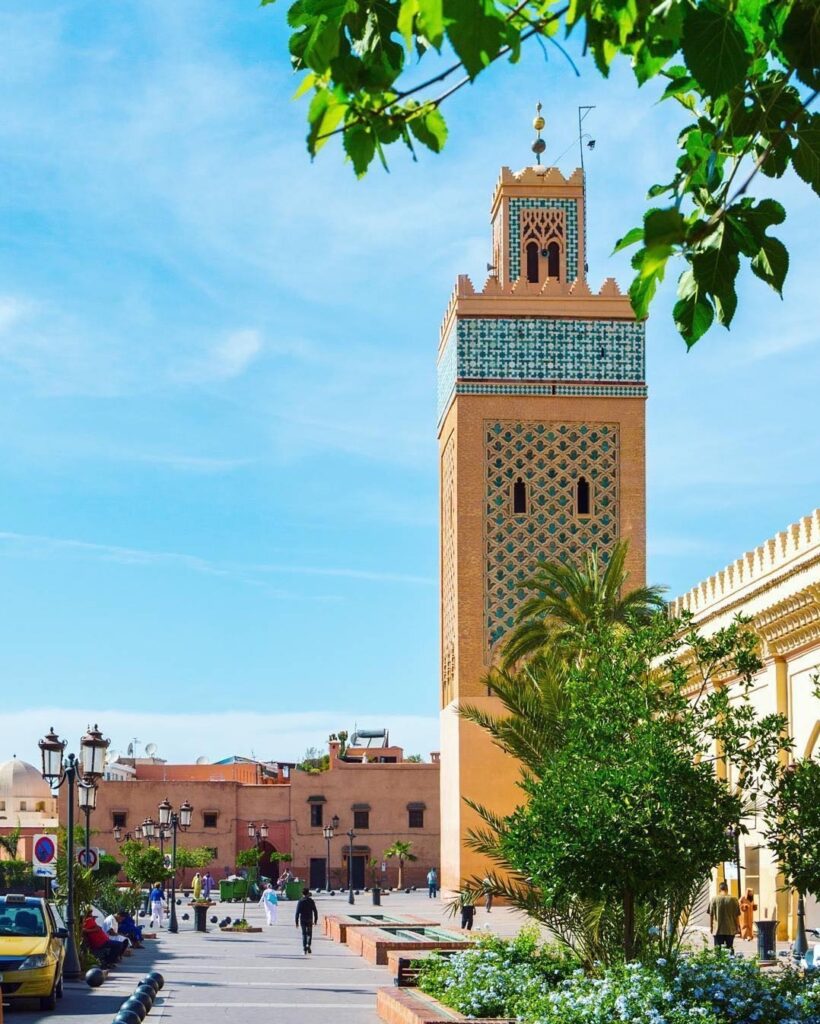
When traveling to places like Morocco, staying updated on vaccines and packing a travel medicine kit is essential. The CDC provides trusted travel health advice, so check their recommendations before your trip.
Make sure routine vaccines like measles, mumps, rubella (MMR), tetanus, chickenpox, and polio are up to date. For Morocco, hepatitis A and typhoid vaccines are important since these diseases spread through contaminated food and water especially if you plan to eat street food or visit rural areas.
Hepatitis B vaccine is recommended if you might get medical care abroad. Rabies vaccination is strongly advised for travelers who may contact animals. Rabies exists in Morocco, and a tourist recently died after a cat bite. Even if you had the rabies vaccine before, post-exposure shots are still required after any animal bite or scratch. Rabies is almost always fatal once symptoms start, but timely treatment is effective.
I had to get a full rabies vaccine series after a cat bite in Ukraine. Coordinating treatments across countries was stressful, but quick action saved me.
Pack a medical kit with stomach remedies, antidiarrheals, motion sickness pills, painkillers, sunscreen, mosquito repellent, antibiotic ointment, and bandages. Being prepared helps ensure a safe and enjoyable trip.
Step 10: Familiarize yourself with basic Arabic vocabulary and expressions
Although French is widely spoken in Morocco, especially in cities and among the older generation, it’s not the only useful language. If you already speak French, you’ll find it helpful for navigating daily situations. However, if you’re considering learning some local phrases before your trip, I highly recommend learning some Moroccan Arabic (Darija). These phrases tend to be more widely understood across the country, especially outside tourist areas.
In the northern regions of Morocco particularly in cities like Tangier and Chefchaouen, Spanish is commonly spoken, a reflection of historical and geographic ties with Spain. Personally, I found Spanish especially useful in those areas, and you might too.
One of the most fascinating aspects of Moroccan culture is how linguistically talented its people are. I once had a conversation with a taxi driver in four different languages Arabic, French, Spanish, and English! It’s quite common to meet Moroccans, especially those working in tourism or trade, who speak four or more languages. Shopkeepers, for example, often greet tourists in several languages, hoping to hit on one you recognize!
In general, English is widely understood in tourist hubs, and young people in urban areas often have a good command of the language. That said, if you want more in-depth information or a richer cultural experience, consider hiring a qualified English-speaking tour guide. They can provide context and insights that casual conversations might not.
Regardless of how many languages you speak, I always recommend learning a few basic phrases in Darija as a sign of respect for the local culture. Even simple words go a long way in making meaningful connections.
Here are a few useful phrases to get started:
Hello – Salamo alaikom
Thank you – Shukran
Please – Aafak
Sorry – Smahli (Smhili if speaking to a woman)
Yes – Ayiih
No – Laa
No, thank you – La shukran
It may seem like a small gesture, but learning even just “hello” and “thank you” in the local language shows respect and appreciation for the country you’re visiting and that effort is often warmly received.
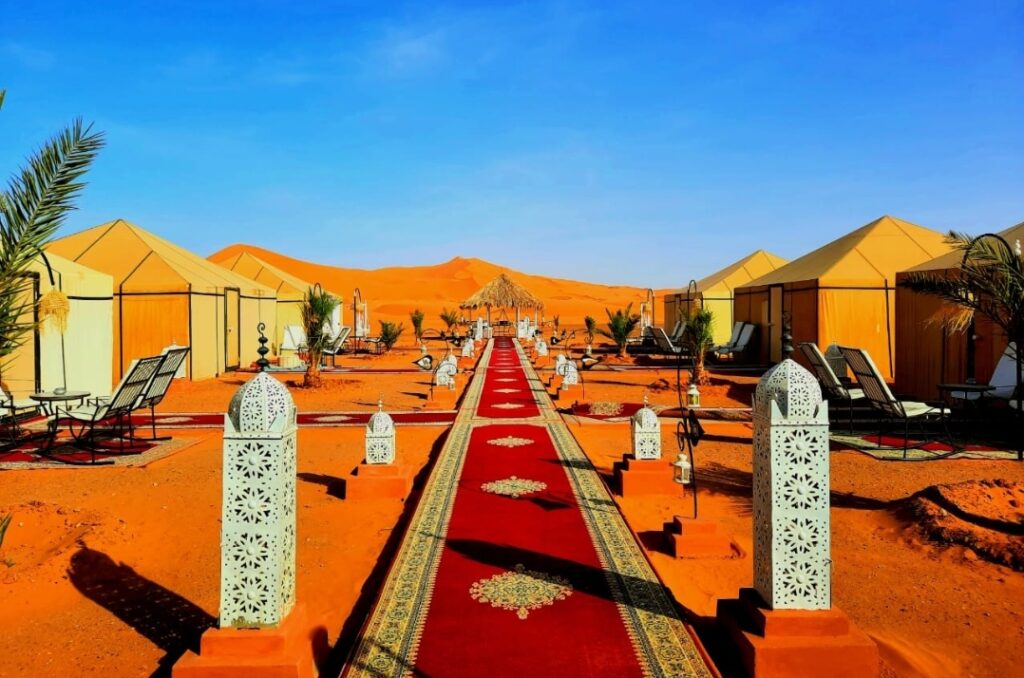

Step 11: Bags in hand, adventure begins!
What to Pack for Morocco: Smart, Light & Respectful
Not sure what to pack for Morocco? I’ve got you covered. Based on my personal experience as a female traveler, I’ve put together a detailed Morocco packing list. While it’s tailored to women, men will still find plenty of helpful tips just swap out clothing and toiletries as needed. For a complete breakdown of what to bring, check out my full packing list.
Backpack vs. Suitcase: Go for Mobility
When it comes to luggage, I strongly recommend a backpack over a suitcase. The narrow, winding streets of Moroccan medinas are tough to navigate with wheeled bags. A backpack gives you more freedom and flexibility perfect for busy markets, taxis, and stairs.
I use the Tortuga backpack, which is carry-on size, super practical, and fits everything I need for weeks of travel. It’s durable, comfortable, and designed with mobile travelers in mind.
Stay Safe with Anti-Theft Gear
Safety is key, especially in crowded areas like the souks of Marrakech, where pickpocketing is common. I highly recommend the Pacsafe anti-theft backpack. It’s equipped with slash-resistant mesh, lockable zippers, and RFID-blocking pockets to protect your passport and credit cards.
The best part? It’s sleek, simple, and doesn’t look flashy so it won’t draw unwanted attention while still being stylish.
Final Tips
Pack smart, pack light, and always respect the local culture with your clothing and behavior. Choose gear that suits Morocco’s unique environment, and prioritize both comfort and security.
Want all the details? Check out my full Morocco packing list it covers everything you need for a smooth, respectful, and unforgettable trip.
Plan your Trip to Morocco with Our Experts
| Tours From Marrakech | Tours From Casablanca | Tours From Ouarzazate | Tours From Tangier | Tours From Agadir | Tours From Fes |

